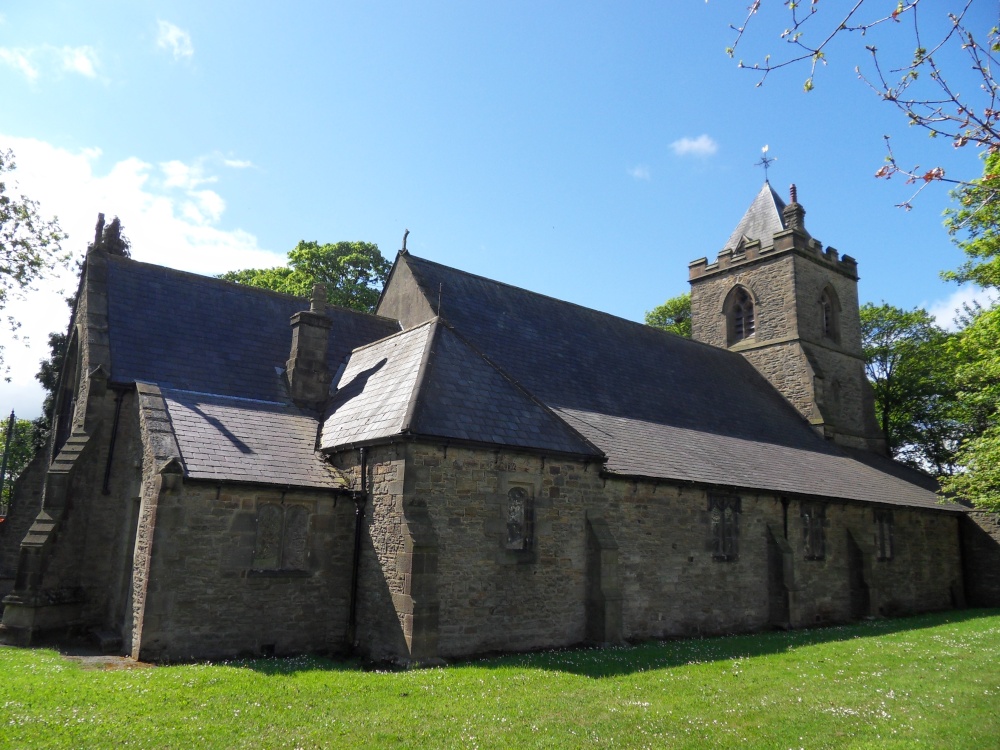Please login or click here to join.
Forgot Password? Click Here to reset pasword

Camera Make: SAMSUNG� Model: SAMSUNG WB500, WB510 / VLUU WB500 / SAMSUNG HZ10W�
Exposure Program: Program, Focal length: 4.2 mm, Aperture: f 7.5, ISO: 80, Exposure time: 1/180 sec, Metering Mode: Multi-Segment, Exposure Bias: 0 EV
Date/Time Creation: May 30, 2010, 12:22 pm
ImageID:1116697, Image size: 3648 x 2736 pixels